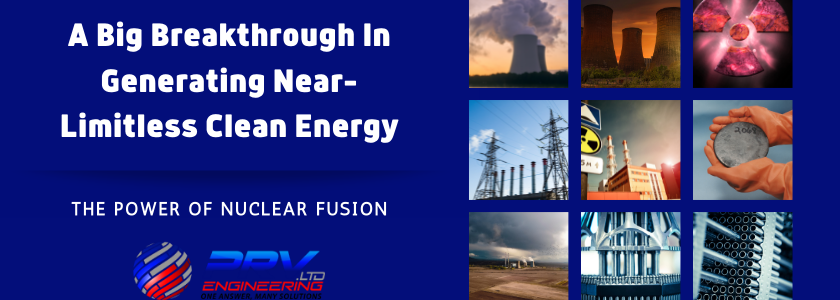Boring can be a frustrating and expensive process especially when you encounter rocks that can destroy your equipment. Powered by machine vision, a new tunnelling or drilling robot can micro tunnel through the toughest conditions faster and more reliably than conventional methods. According to the company, its next-gen drilling robot can bore through rock considered too challenging for other tunnelling machines.
About prvengineering
- Email: Rob.thomas@wsi-emarketing.com
- Nice Name: prvengineering
- Website: https://www.prv-engineering.co.uk
- Registered On :2024-09-18 08:23:17
- Logged in as: prvengineering
prvengineering Posts
Aluminium fabrication is defined as the process of cutting, shaping, and extruding aluminium to form a finished product. The processes involved spans widely from welding and stamping to bending, extruding and shearing, among others. For some time, many industries have benefitted from aluminium fabrication especially in the construction sector where companies require metal structures. Here are some commonly asked questions and answers about aluminium fabrication.
With another pandemic-laden year drawing to a close, we take a look at some of the best engineering blogs of 2021. As a leading provider of precision engineering services, we strive to bring you the latest news and updates from around the world. Our goal is to keep you up to date with all things engineering, manufacturing and new technologies.
For those of you who already know PRV Engineering, we publish new content every week across various sectors, from defence and aerospace to construction, rail, automotive and renewable energy among many others. With Christmas already behind us and the New Year celebrations just around the corner, here’s a look at some of the top stories from our blog this year.
Since PRV Engineering provides specialist services to the aerospace sector, we like to share all the latest news and interesting updates from around the world. Few stories are as exciting as the new mid-sized liquid hydrogen plane that can fly anywhere in the world with only one stop for refuelling.
In an attempt to solve the biggest weakness of solar energy storage, the Italian company Energy Dome has secured funding for its CO2 Battery. The funds will go toward developing and demonstrating the technology which will greatly improve solar energy storage; something that is currently lacking with today’s batteries. Discover how it works and what the future might look like with more effective, low-cost solar energy storage.
If your business is involved in any form of manufacturing structural steelwork products, then you should be aware of BS EN 1090-1 CE Marking. Without this certification, you cannot legally run a steel manufacturing business as all products within the scope of this standard must be CE Marked when released to the market.
This harmonised European standard covering fabricated structural steelwork came into effect on 1 July 2014. BS EN 1090-1 involves the requirements for assessing and verifying product or service conformity in executing any steel and aluminium structures details.
Limitless clean energy has been a concept in development for what seems to be an eternity with little success. In recent weeks, we looked at portable nuclear micro-reactors and the UK’s plans to build nuclear fusion plants. Now, we are even closer to limitless clean energy as the Korea Institute of Fusion Energy has set an astonishing new record using the tokamak reactor.
Robotics and automation have made headlines in recent years, especially in the construction sector with some tremendous advancements. While robotics in construction may be deemed a game-changer, the technology has not yet exceeded expectations but it is promising nonetheless. Without creating too much hype, here’s a measured look at the capabilities and benefits of robotics in construction.
As precision engineering and fabrication specialists, we work across various sectors and that includes construction. As such, we keep our fingers on the pulse of any new developments and few are as exciting as 3D-printed homes. Previously considered a method for product prototyping, 3D printing has changed drastically in the last few years extending to building homes around the world and on Mars. Now, ICON and Lennar are building the biggest ever neighbourhood consisting of 3D-printed homes.











Recent Comments